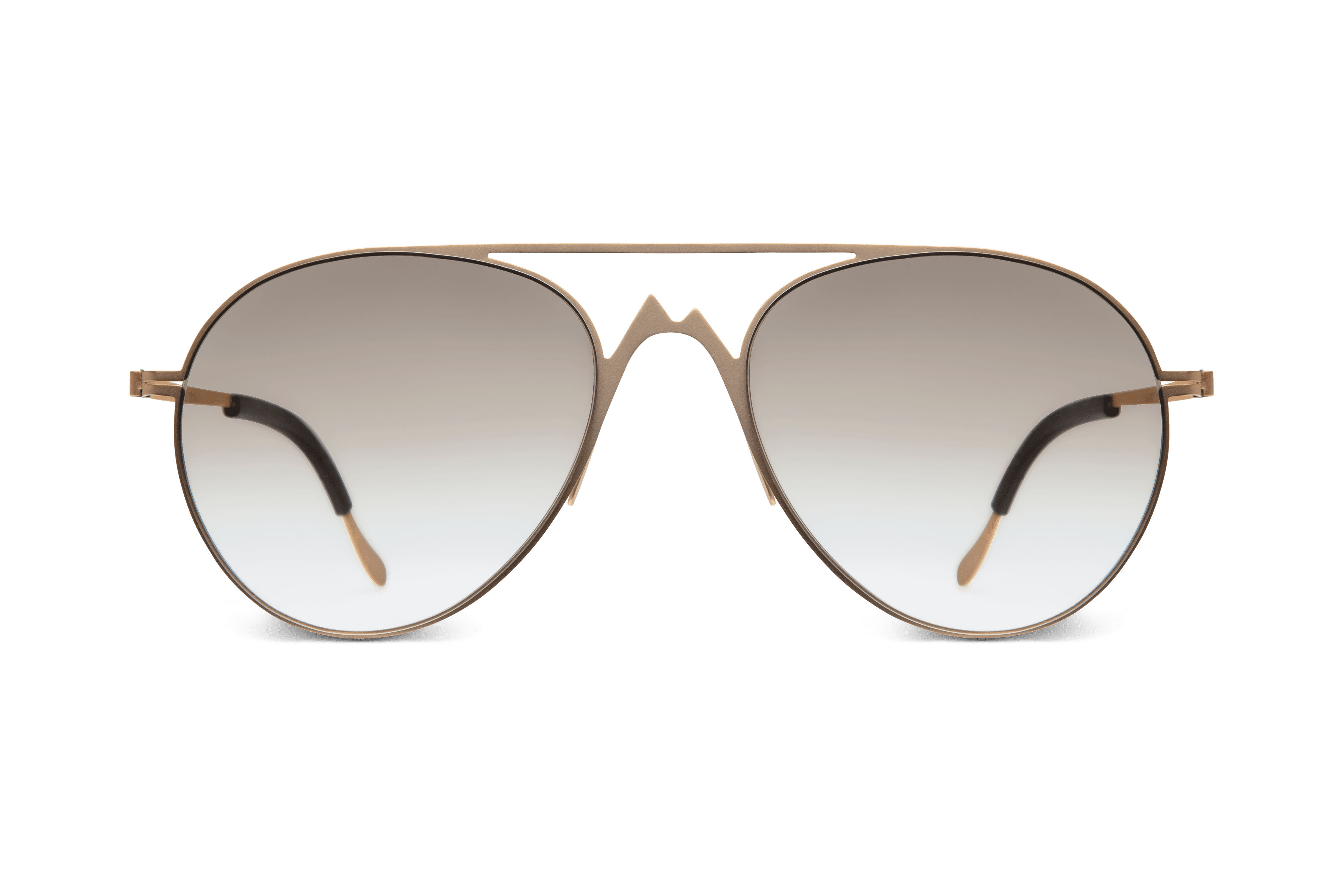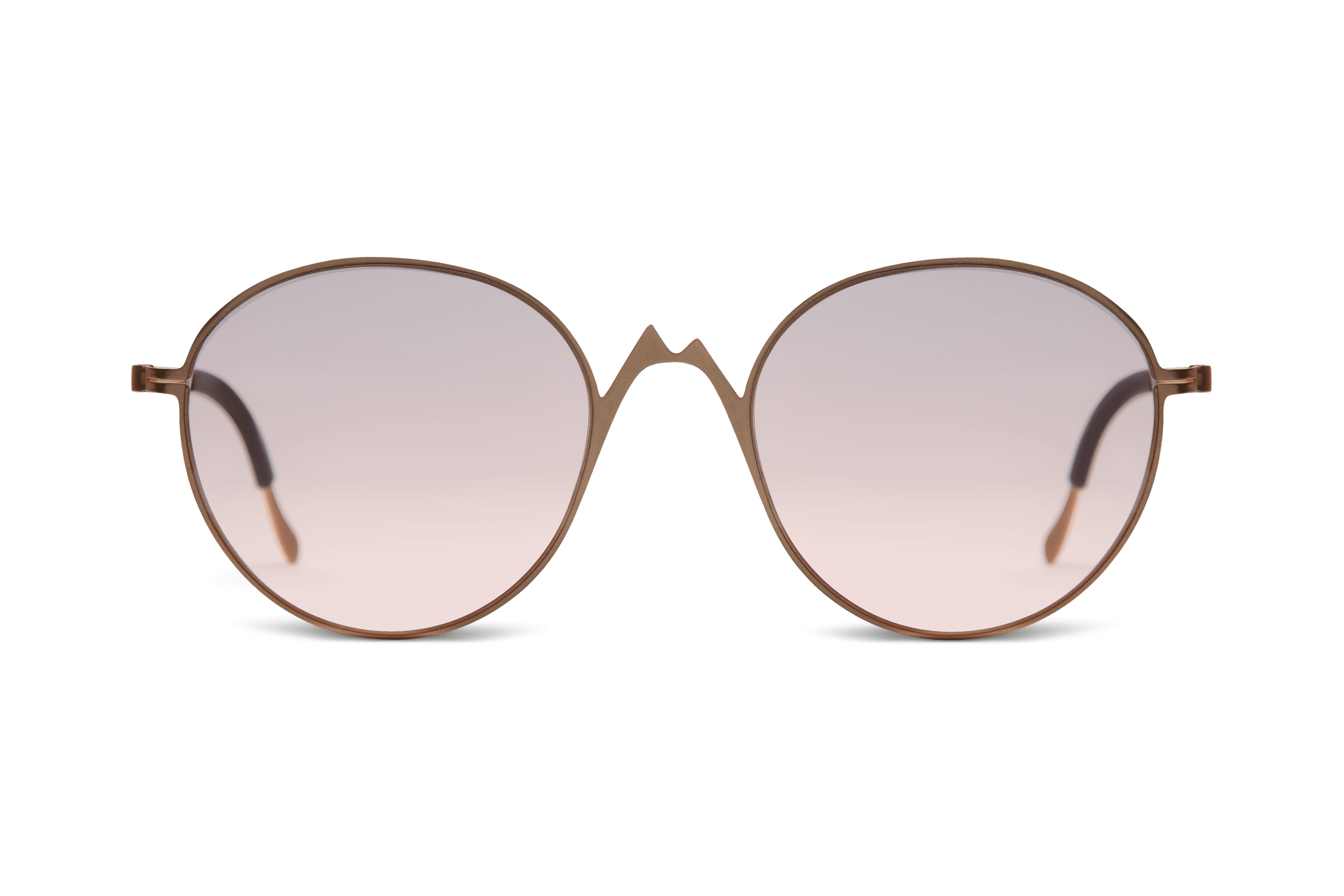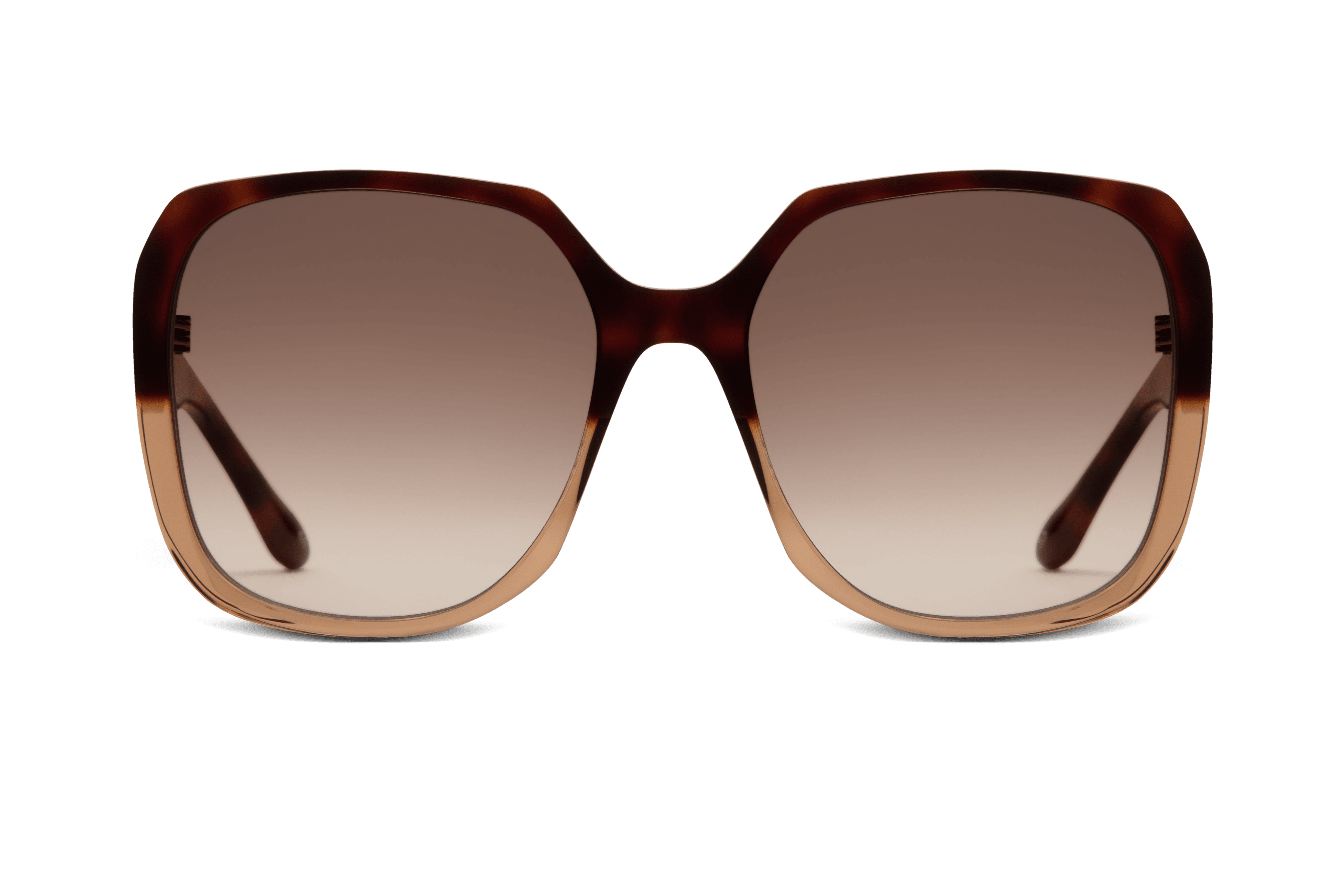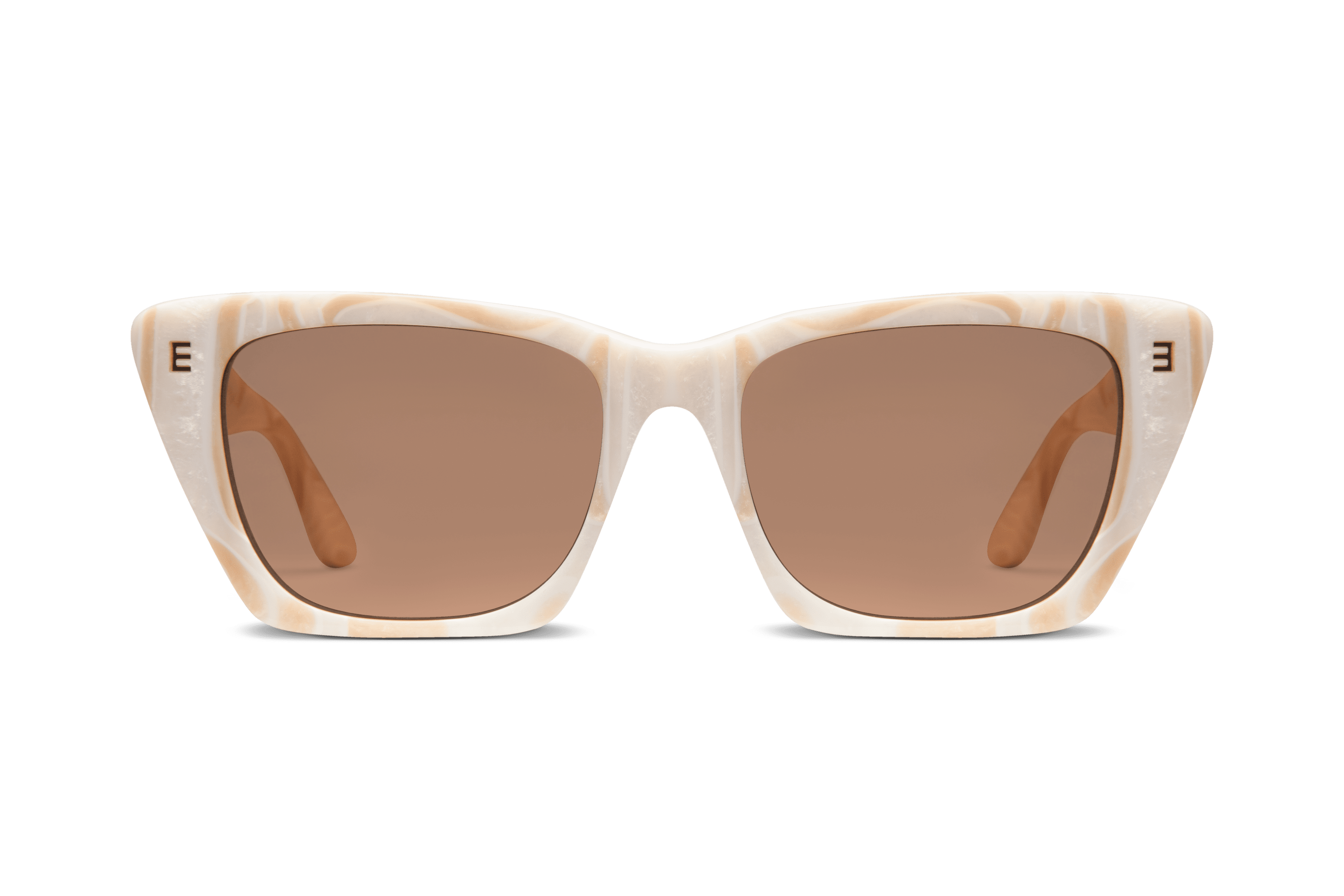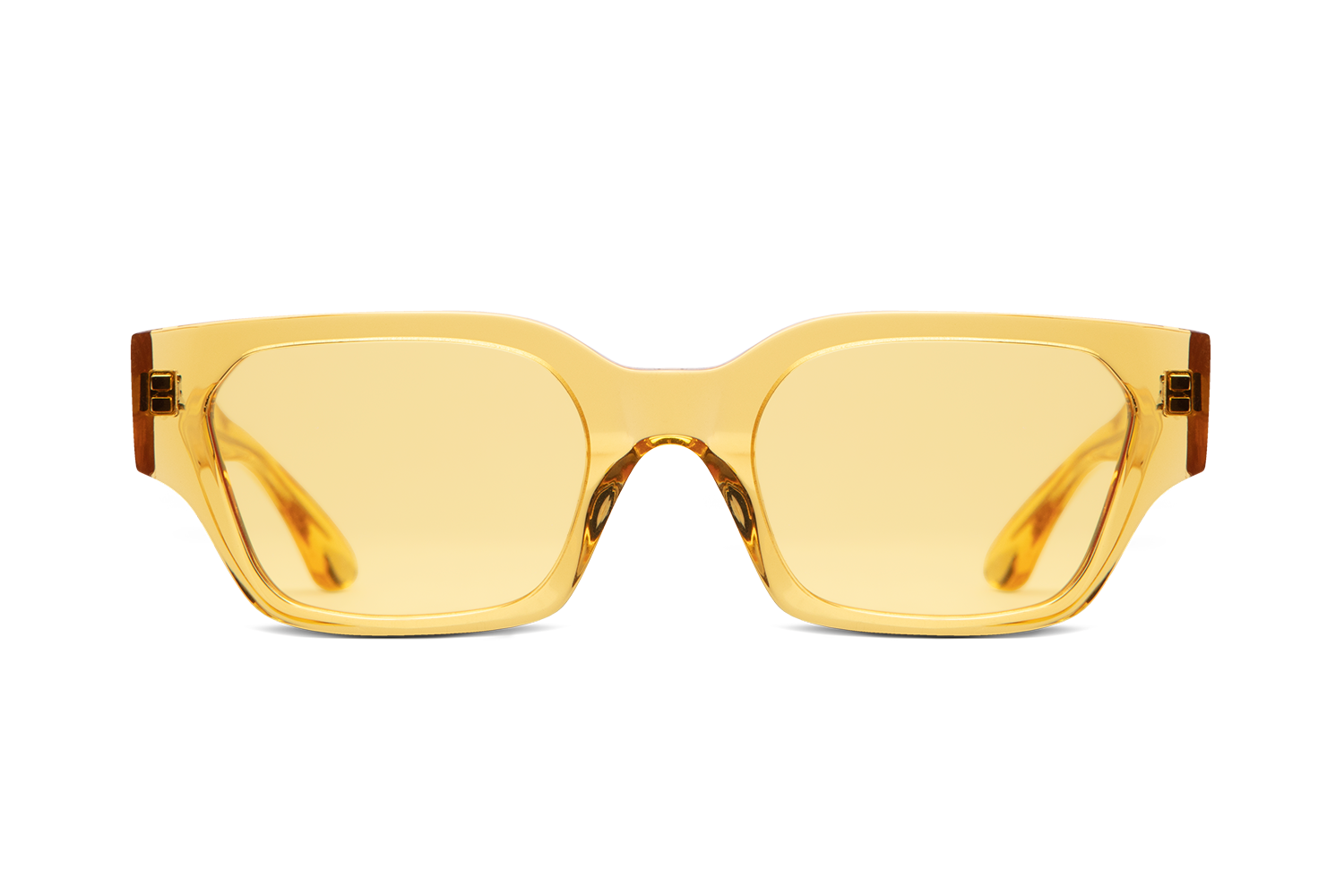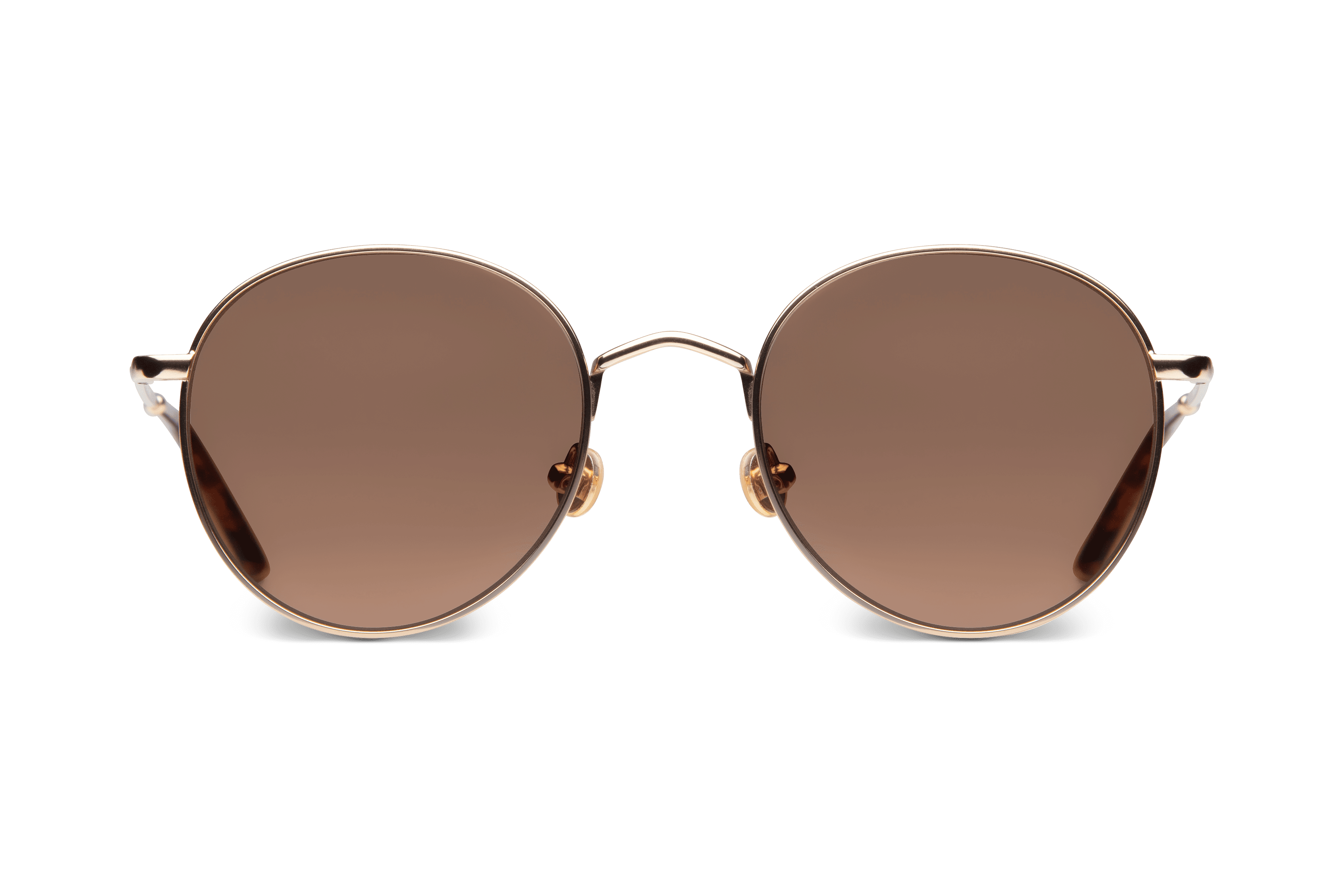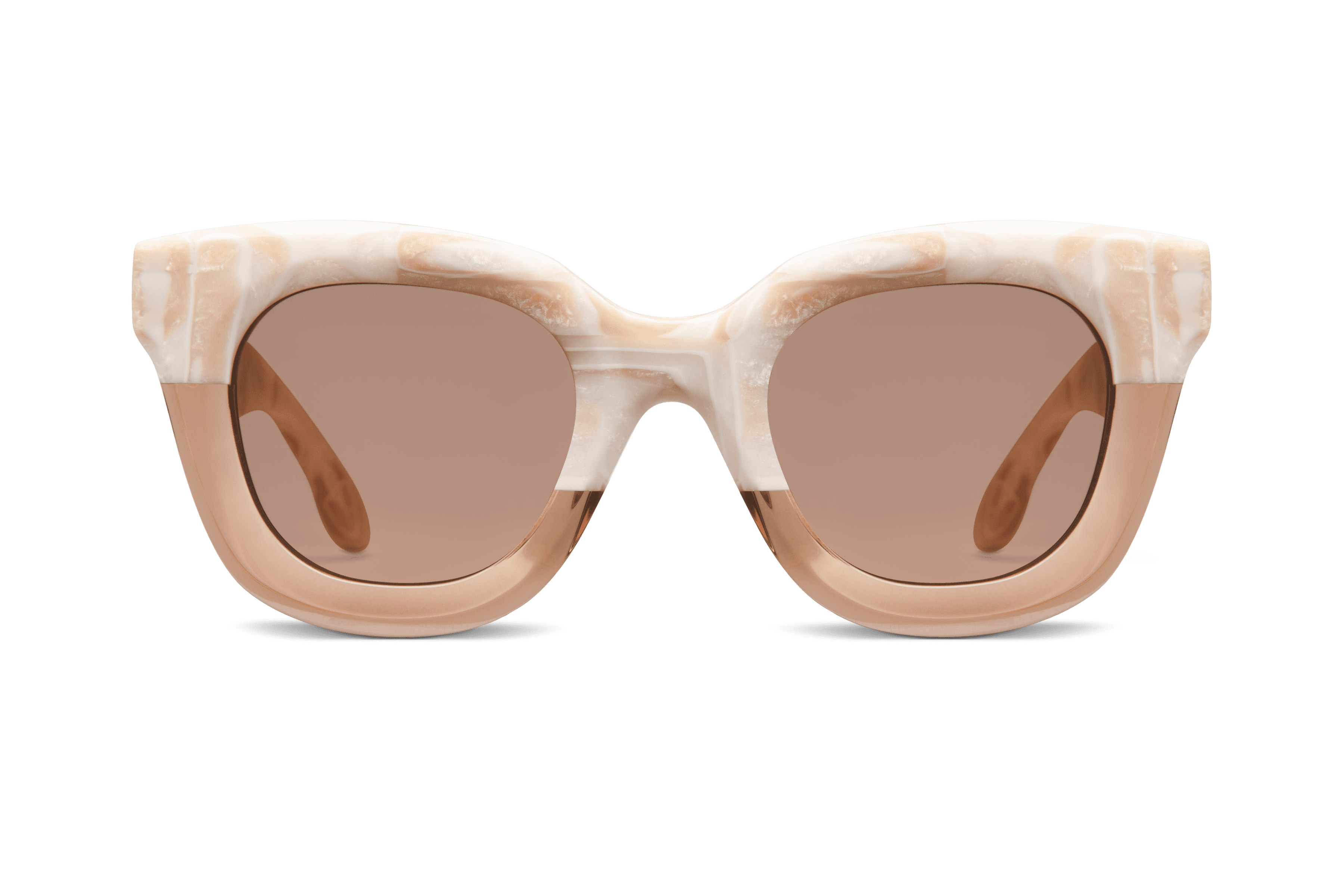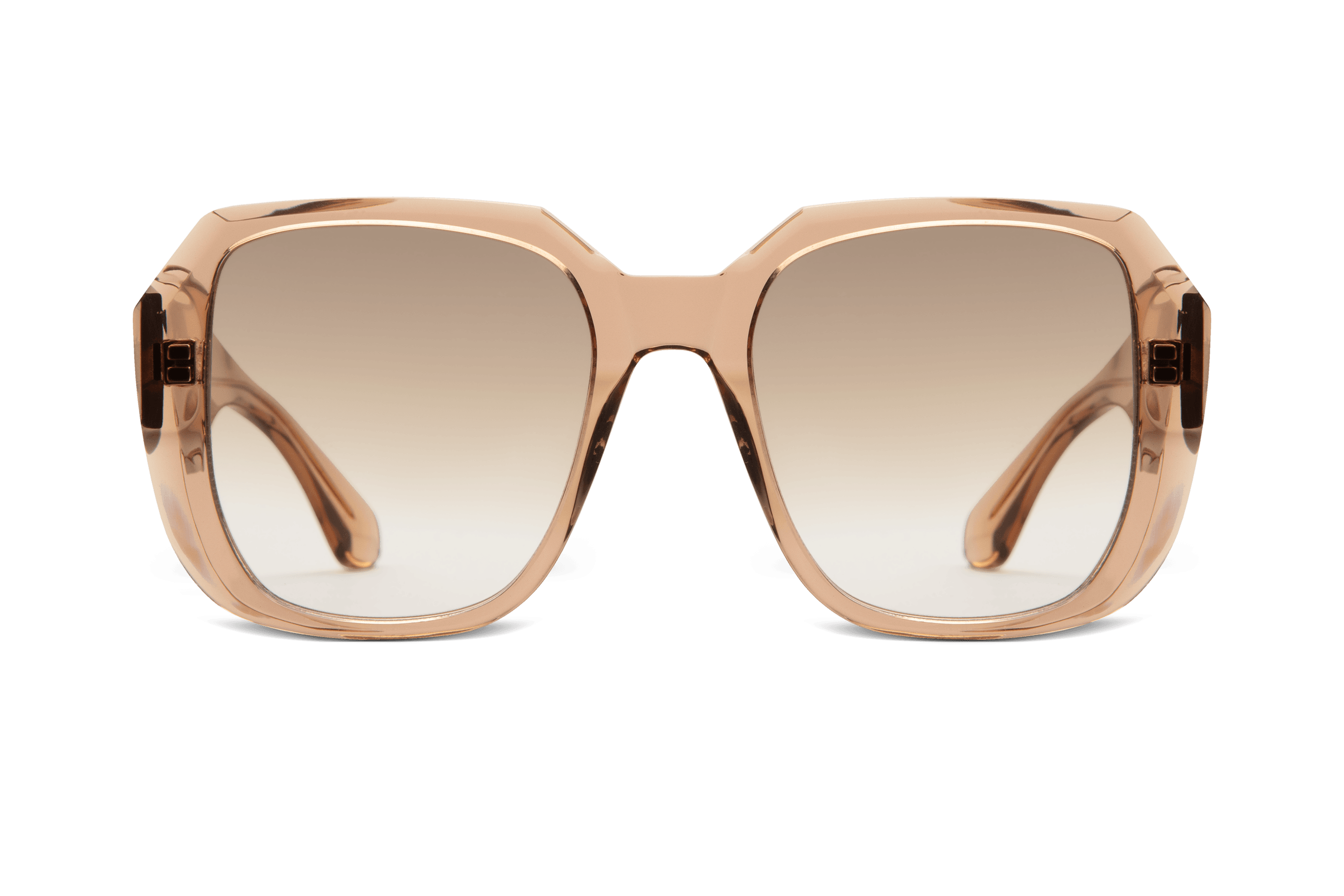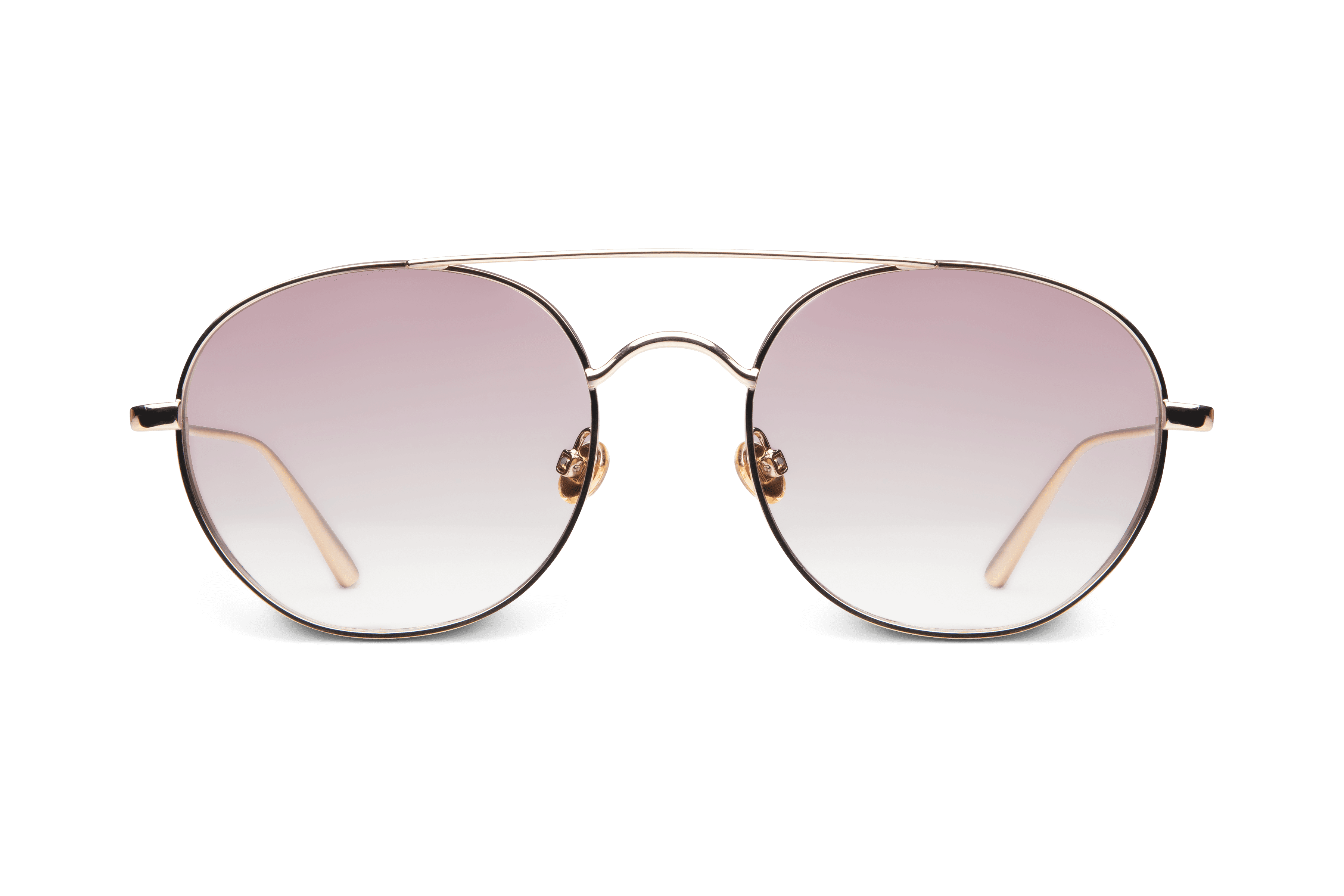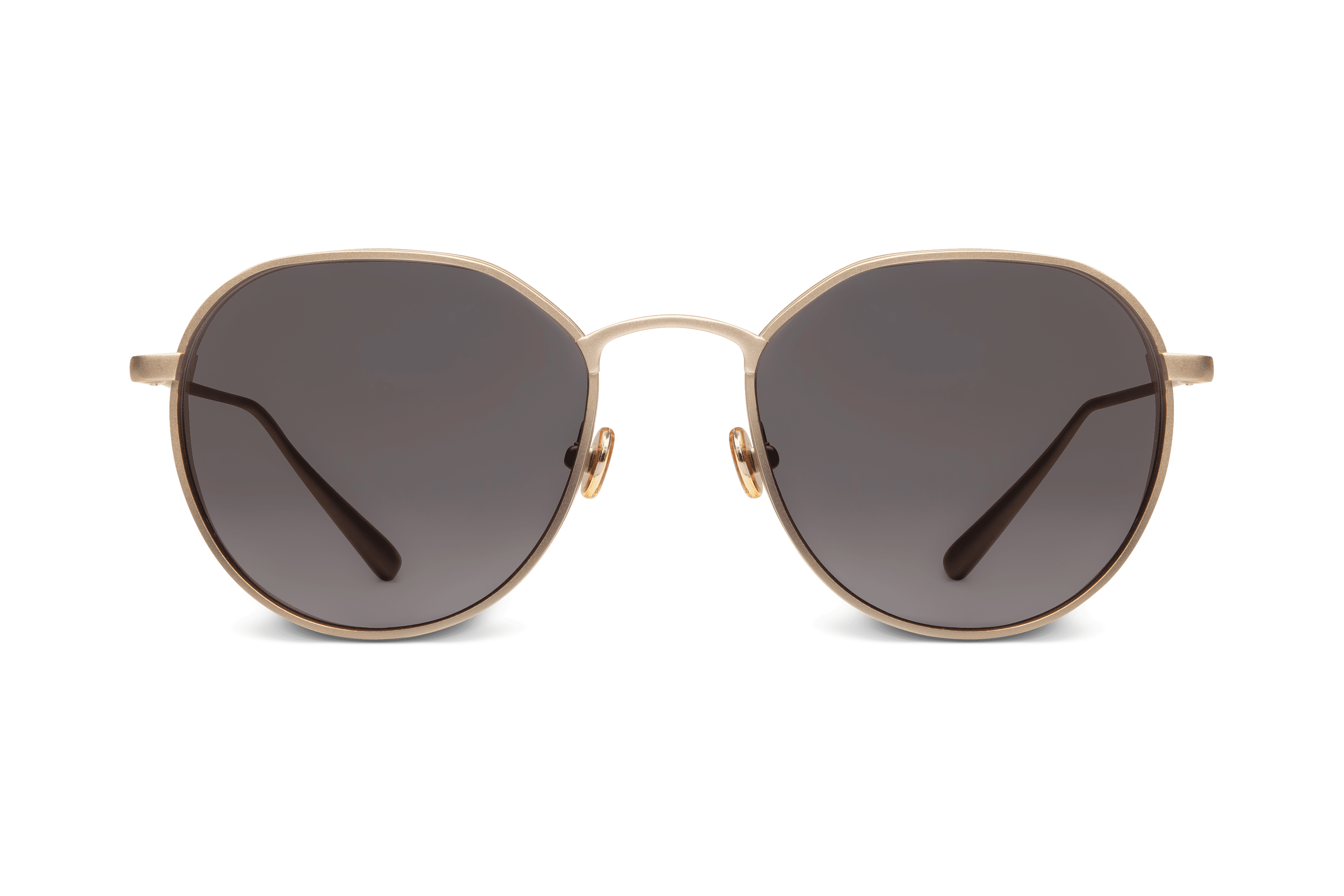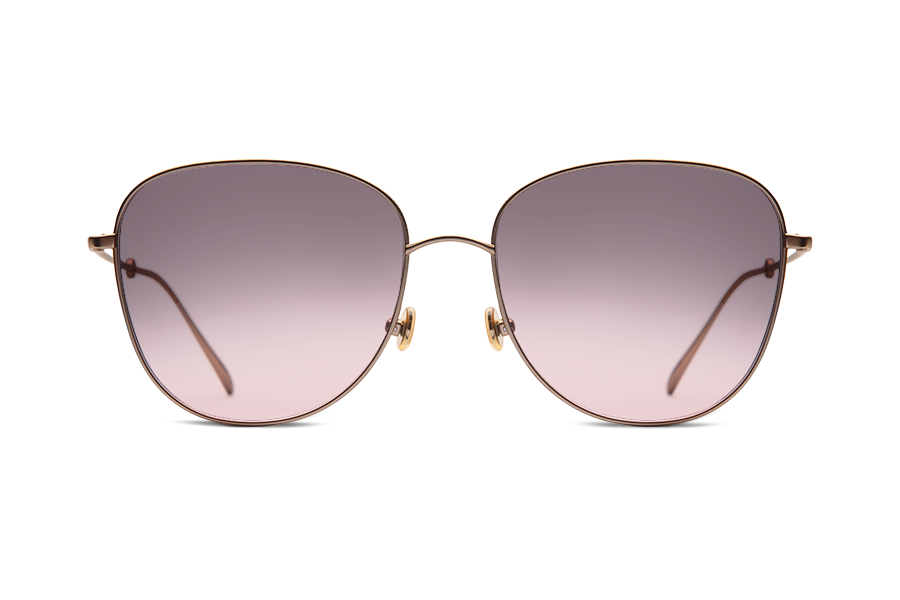Main contents
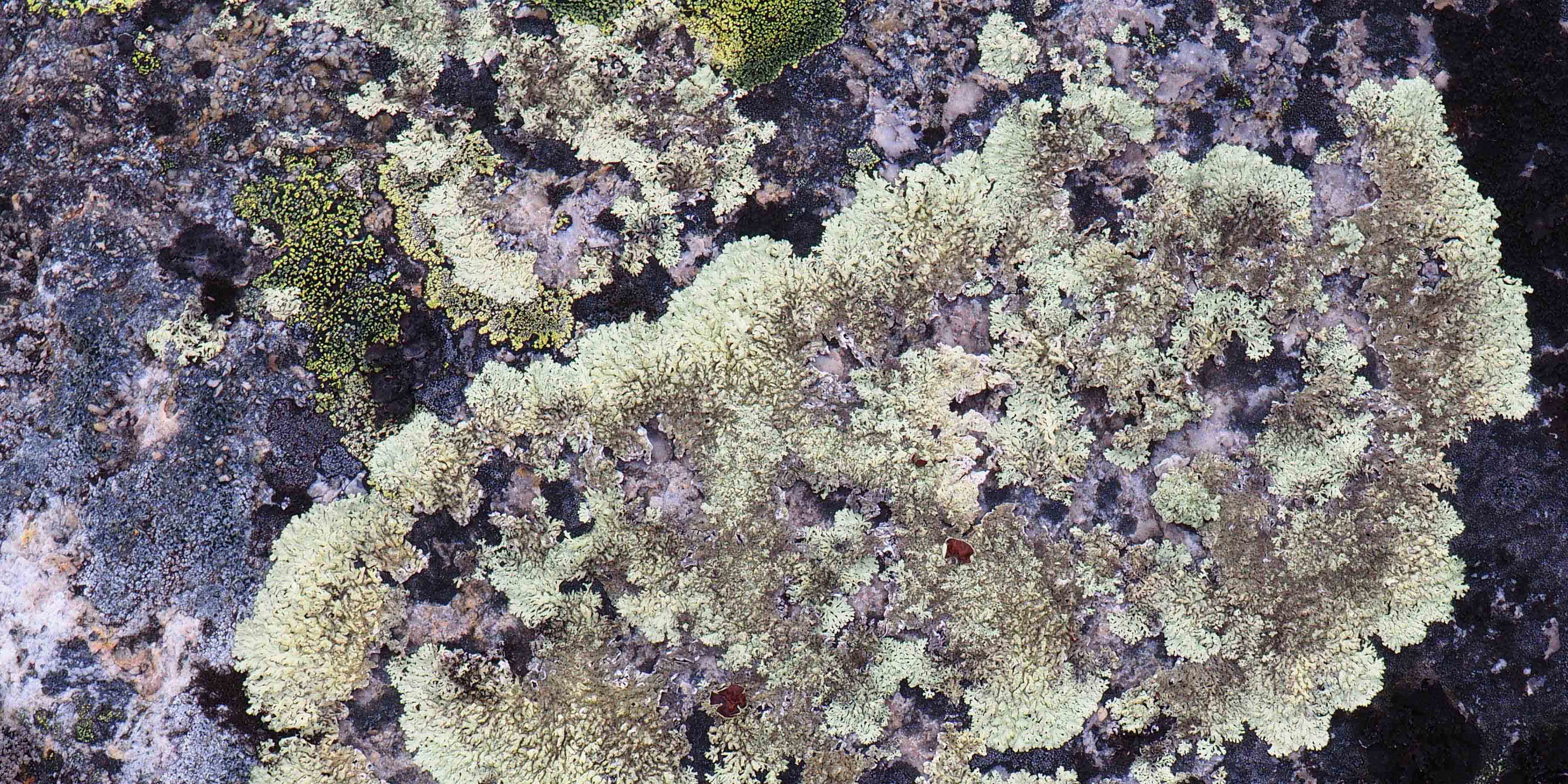
Breadcrumbs
Products
Abisko
The National Park has attracted hikers from all over the world for more than a century. Here begins the famous ”Kungsleden” and here is where you have the best chance of seeing the Northern Lights. If the Swedish mountains had its own capital, it would surely be Abisko.
Ängsvide
Ängsvide is a low growing rice-like shrub, the bark is beautifully gray-brown. Ängsvide grows on pine moors, in forest edges and meadow slopes. There are two subspecies of the plant that are sometimes considered two separate species, therefore we have let it inspire the design with a two-color front.
Burträsk
When you pass an oversized cheese slicer along the E4 in Västerbotten’s coastal land, you know that you’ve ended up right. There is only one place on earth where the Västerbotten cheese can be made. Right here, in Burträsk.
Fara
In Standard Swedish, the word ”fara” is used solely when someone makes an extended trip. You can, for example, ”fara” to Australia. In the north, however, you use ”fara” for any kind of trip, whether it’s to the mountains, to the office or your next-door neighbor.
Han - EOE x CAKE
The north of Sweden is in many ways progressive, but not so much when it comes to how the language evolves. Where others make efforts to use gender neutral pronouns, people in the north still refer to most things as him. ”Where is the car?” ”I put him in the garage.”
Holmnäs
The best thing about Norrland is the unpredictability. Like when fine culture moves into a sheep house. In the small village of Holmnäs outside Umeå, a well-attended opera performance is held once a year in the sheep house where the acoustics send a libretto echoing far over the meadows in the bright summer night.
Ids
People of the North generally do not care all the much whether the grammar is one hundred percent adequate or whether the one you’re in dialogue with is slightly offended. If you don’t feel like doing something, you let them now by bluntly saying so: ”jag ids int” (I cannot be bothered).
Jo
There is an affirmative expression – or perhaps more of a sound – that is completely unique for northern Sweden. And no, there is no proper way to spell it. Tutorial: form your lips as to prepare to whistle, inhale swiftly but carefully. There you have it. Use it generously.
Krycklan
For those who know their hydrology and aquatic ecology, Krycklan is home turf. All others can be well informed about this still watercourse in the Vindelälven river, which, along a part of the route, also has a nature reserve named after it.
Ljusvattnet
Along the slowest part of the E4, between Umeå and Skellefteå, you pass the seemingly insignificant village with the self-explanatory name Ljusvattnet. Crystal clear lakes, summer and winter.
Malgomaj
The big lake outside Vilhelmina, where every year someone seems to be breaking the biggest char-record, has a name that sounds very much like a Swedish toddler trying to speak English.
Nalta Småa
Nalta means little. In Vänsterbotten, there is a proverb laconically clarifying how nalta is best used: Harta borti harta jer brano, harta borti he, he jer nalta. (You may want to Google it, or better still, ask someone from Västerbotten).
Ramsan
We’ll eat, you’ll cook. So it goes, the chant (ramsa, in Swedish) that is taught to Swedish children in school to remember the names and order of rivers in Halland. To remember the name of the dark water that forms a tributary to the Umeå River, no need to chant. It’s called, in short, Ramsan (”The Chant”).
Siksele
In the summertime, the view of the Vindel River is what makes Siksele one of the most stunning places in the Norrland countryside. In the wintertime, the same river is covered with ice and non-profit forces in the village maintain a winter road over the river. Simply because it can be done.
Vippvedel Småa
Vippvedel is a rare flower that grows on calcareous mountain slopes from Härjedalen to Tone lapland. The first find is documented from Lule lappland in 1807. We have had the small, shy and rare flower portrayed as a recessed detail in a classic pilot frame.

